How to Make Your Package Redesign More Efficient (and Save Money)
By: phase1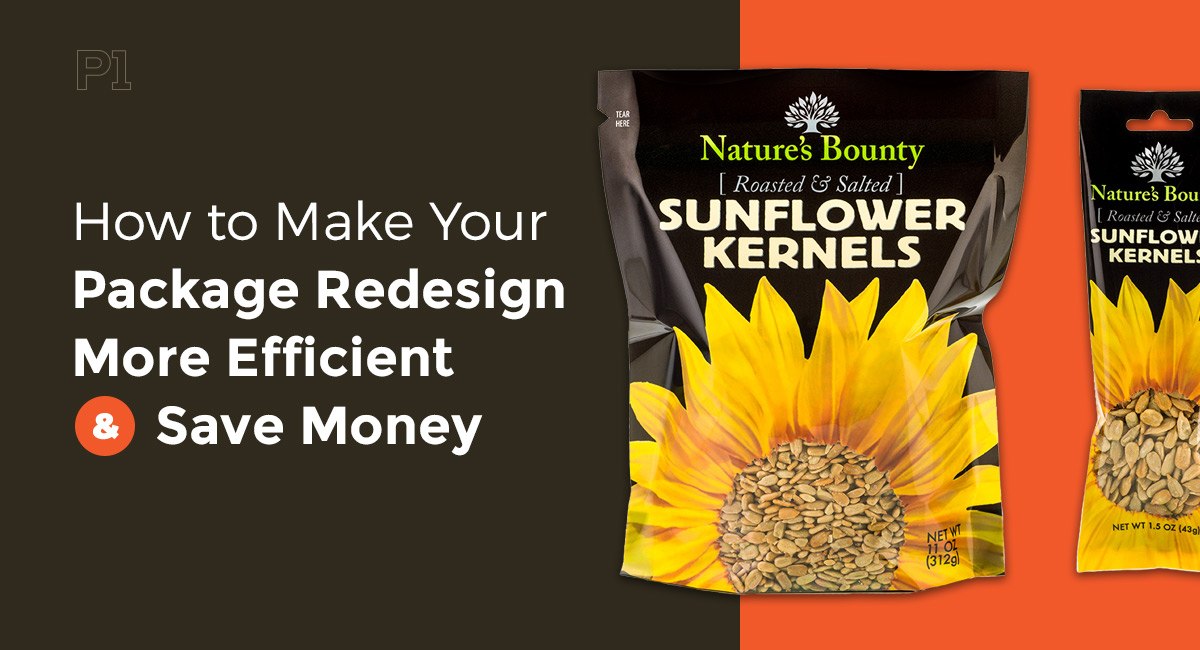
Every product needs a packaging refresh every once in a while. There are many reasons you might need to update your packaging. What worked when you first introduced your product might not work several years later. This might be because of changes in design and packaging trends. Today, for example, there is more of an emphasis on sustainability in packaging. Design preferences for certain categories of products even change over time. Because of these fluctuations, it’s essential to periodically reevaluate your packaging and decide whether you need to make any updates to its design.
Some other reasons you might redesign your packaging include making changes to your product or launching a brand refresh. Updating packaging can inject new life into a brand, especially one suffering from a public relations crisis. Increased competition can also necessitate a branding or packaging refresh. As more competition gets introduced, you may need to redesign your packaging to help your product stand out. You may also want to redesign your packaging so it looks better digitally, improving sales on your ecommerce store and getting more shares on social media.
Updating your packaging can boost your sales by making your product more attractive to customers, help you expand into new markets and ensure that your product stays relevant as times change.
Of course, you also want your packaging redesign process to be efficient to keep your costs low and get your refreshed product to market faster. Creating a more efficient package design can also reduce your expenses over the long term.
8 Ways to Make Packaging Redesign More Efficient
These tips will help you make your packaging redesign more efficient and make your packaging more cost-effective:
1. Prioritize Your Packaging
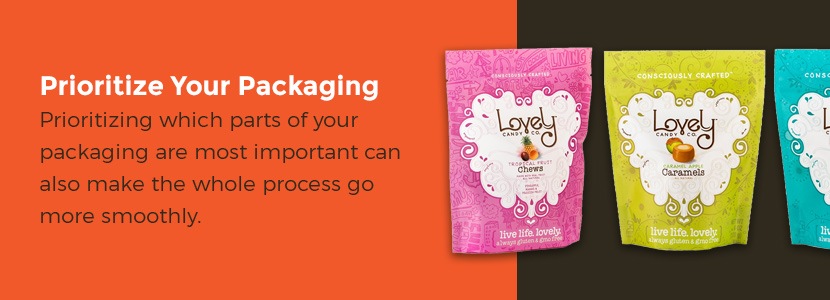
When planning a branding refresh or another similar initiative, some manufacturers save redesigning their packaging for last. Some may even treat it as an afterthought. This can either make the packaging redesign process take longer or lead to a shoddy design because the designer was forced to rush the process. Instead, you should prioritize packaging and start planning it early.
Prioritizing which parts of your packaging are most important can also make the whole process go more smoothly. Try listing the costs of your current packaging. Figure out which of them are functional and which are aesthetic. Then, consider if you can eliminate any of the non-essential aesthetic features. Do they provide enough benefit to justify the costs?
For example, think about how much protection your product needs. You need adequate protection for fragile products, but most items don’t require heavy-duty packaging materials. As long as you are adequately protecting the product from damage, you are meeting the objective. You may be able to get rid of a layer of protective packaging if your product isn’t especially fragile. Just make sure you conduct testing to confirm this.
2. Know Your Consumer
To streamline your packaging redesign, start with your product’s final destination — your customer. Ultimately, your packaging is designed for your customers. It’s crucial that you know who your target audience is and get to know their preferences so you can create packaging that appeals to them. Getting this information early in the process will help keep you on track as you redesign your packaging.
Looking back at your past packaging successes and failures can give you an idea of your customers’ likes and dislikes when it comes to your products’ packaging. Other information you collect from your interactions with them can help as well. This data can give you an idea about the kind of language, images and colors that may appeal to them. For example, if you have a younger audience, you may want to go with a sleeker, modern design. If your customers are mostly older, a retro design may be more effective.
You can also survey your customers to find out what features they would like to see in your packaging. Select a representative sample of customers and ask them about the packaging features they like and dislike for the type of product you’re selling. You can also show them various designs and have them choose their favorite.
3. Rethink Your Supply Chain
You may also want to take a look at your packaging supply chain. There may be some improvements you can make to create a more efficient redesign process. For instance, you may be able to eliminate some unnecessary steps or adjust especially time-consuming procedures. To reduce costs, you may be able to purchase some items in bulk.
A professional packaging company can help you to find ways to increase efficiency within your supply chain. At Phase 1 Prototypes, for example, we offer fast turnaround, even for more complex designs that have unique features. Our average turnaround time is just three days. We also have no minimum orders, so we can deliver packaging prototypes and mock-ups in any quantity you need. We may also be able to fill and ship packaging, depending on the nature of the product.
4. Limit Your Packaging Size
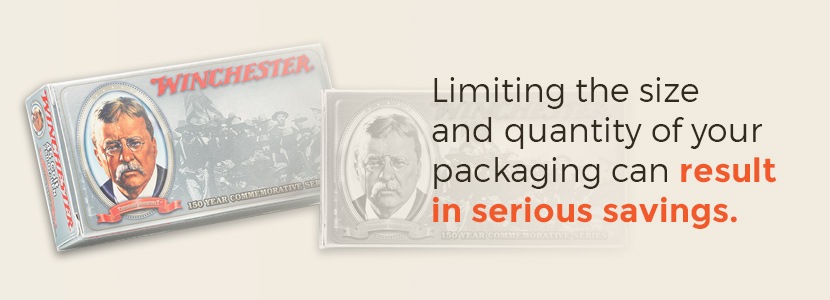
Smaller, minimized packaging means lower costs for materials, labor and shipping. Of course, you need to balance reducing your packaging with maintaining functionality, but over time, limiting the size and quantity of your packaging can result in serious savings.
If you sell your products online, you have a potential extra opportunity to save. In a physical store, your packaging has to do a lot of the work to get customers’ attention and convince them to purchase your product. Because of this, you may want to invest in more involved packaging designs.
Online, though, the copy and photographs on your web page do a lot of this work. The customer will only see the packaging after they receive the product. This means that you can make your packaging simpler to reduce costs.
You want to be careful, though, that your packaging still supports your brand identity and adequately protects your product. It should still look high-quality and fit into your brand persona.
You might, for instance, minimize the packaging on your actual product and instead focus on branding the exterior box since that is the first thing your customer will see. This would mean you don’t have to worry as much about the packaging for individual products but can instead focus your branding efforts on the box you use for all of your products.
Having different packaging for ecommerce and physical stores may mean a little extra logistical work. In the long term though, if you find a way to reduce your packaging, you may see significant savings.
Minimizing the amount of materials used in your packaging also has the added benefit of reducing your company’s environmental footprint.
5. Lower Your Package Weight
In addition to lowering the size and quantity of your packaging, you should work to reduce its weight. Reducing size can, of course, help with this, but so can switching to lightweight packaging materials. Reducing the weight of your packaging can help to reduce shipping costs, especially if your packaging is also compact. Lightweight packaging is easier to handle and will ship for less.
Keep in mind that some shippers charge according to dimensional weight, especially for bulky, lightweight packages. Using this method, shippers charge according to the dimensions of a package, rather than its weight. They do this so that they don’t lose money on items that take up a lot of space but don’t weigh much.
So, when choosing your packaging materials, select options that are both lightweight and compact to keep your costs as low as possible. One excellent choice is shrink wrap. It adds almost zero bulk to your product while still providing a branding opportunity and protection from dust, dirt and humidity.
6. Cut Down on Labels and Optimize Printing
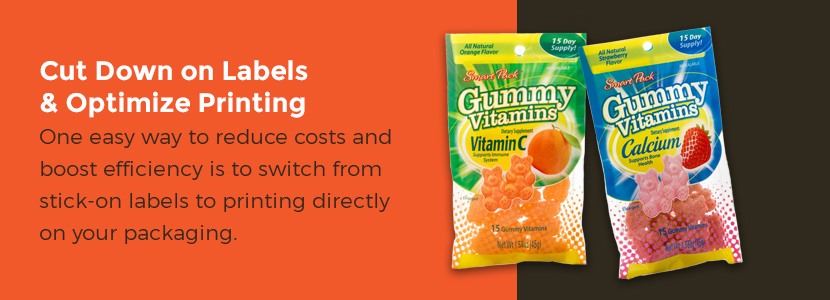
Another way to reduce costs is to cut back on labels, printing and copy. Carefully consider what’s necessary, whether the benefits of each feature outweigh its cost and what alternative ways might get your message across.
One easy way to reduce costs and boost efficiency is to switch from stick-on labels to printing directly on your packaging. If you don’t have packaging you can print on, then labeling may be the most effective option. However, if you’re putting labels on material you could print on, you may be able to remove a step from your packaging process. Getting rid of the label will eliminate the cost of the labels and will also make your production faster by getting rid of the labeling step.
You should also consider whether you need all of the colors currently used in your packaging design. While you want to avoid a boring package that makes your product blend in, sometimes a simpler design can be the smarter choice. Pay attention to design trends and your brand personality and decide whether you can switch to a simpler color scheme or even a black and white design.
Removing some of the copy from your packaging can help you reduce your printing costs and even the size of your packaging. While you still want to make sure you get the necessary information across, try to be economical in your word choice. Writing concisely may help you communicate more effectively, especially since 60 percent of Americans only scan the headlines. Consider whether there are other ways for customers to get more information about your product or brand. You can add a QR code to your packaging, for example, that takes customers to a page on your website where they can get more information about your product.
7. Make Prototypes
Once you have your initial redesign ready, the next step is to create a prototype — an exact proof of your design. While producing a prototype might seem like an extra step, it can save you substantial amounts of time and money in the long run.
There are lots of reasons to create a prototype of your packaging design. Prototypes allow you to ensure that your design works the way you expected it to. If you don’t obtain a prototype before going into production, you may end up wasting time and money on designs that don’t meet your expectations once you see them in real life.
You might also need prototypes to get approval from upper management for a new design. Other times, salespeople might be able to use prototypes to sell your product to a retailer. It’s wise to start with prototypes in case you don’t get approval for your original idea and you need to make adjustments.
Creating prototypes also allows you to test multiple design ideas. You can create prototypes of several designs and compare them to see which performs best before committing to large-scale production of any one option.
8. Test
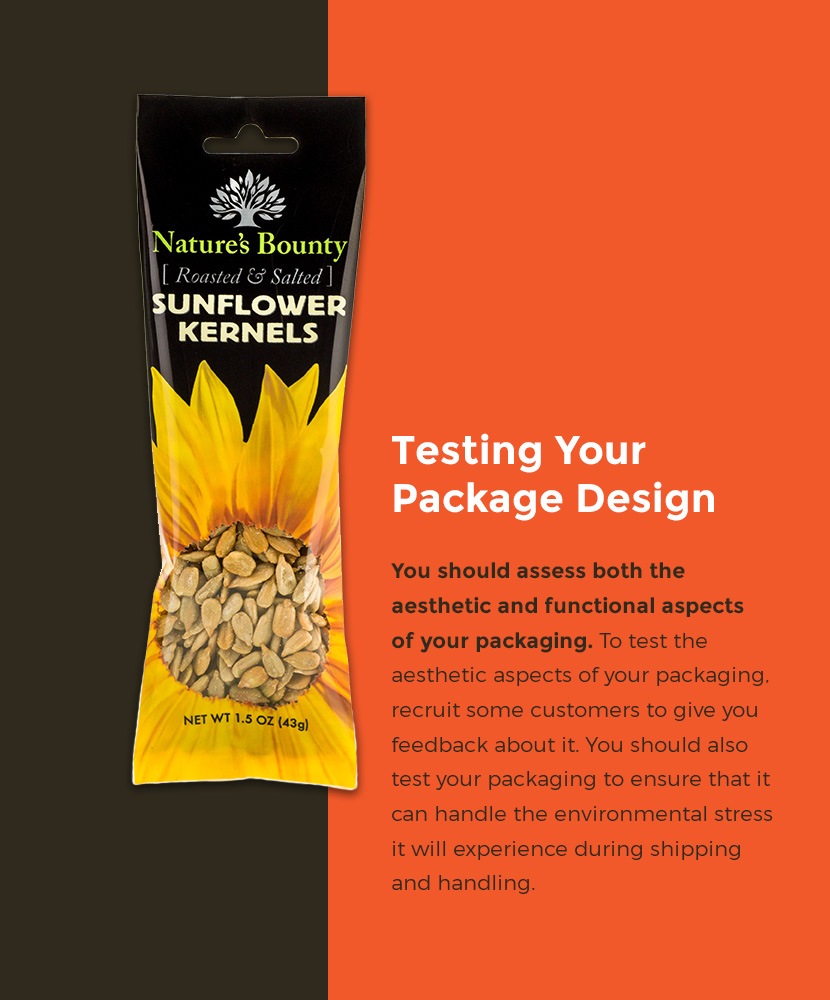
Another important step is testing your design. You should consider testing your prototypes as well as conducting period testing of your packaging. You can assess both the aesthetic and functional aspects of your packaging.
To test the aesthetic aspects of your packaging, recruit some customers to give you feedback about it. Have them provide general feedback and then ask them questions to check whether your packaging meets your goals. For example, if you wanted your packaging colors to create a fun mood, ask customers to describe the feeling they think the packaging’s colors convey.
You should also test your packaging to ensure that it can handle the environmental stress it will experience during shipping and handling. During shipping, your package might undergo rough handling, extreme temperatures, vibrations and moisture. Despite all of this, you need your customers to be able to pull your product out of the box undamaged.
Create testing guidelines and procedures and then run some tests based on them. You can also work with a professional testing lab that can design and conduct tests for you. You may want to test your packaging’s ability to withstand compression, vibration caused by the modes of transportation used during shipping and atmospheric stresses such as temperature changes, pressure changes and humidity.
Testing your packaging ensures that your packaging will perform as expected before you start producing it on a large scale. This helps you to avoid wasting time and resources on sub-par designs and makes the redesign process more efficient overall.
Your Packaging Vision, Realized
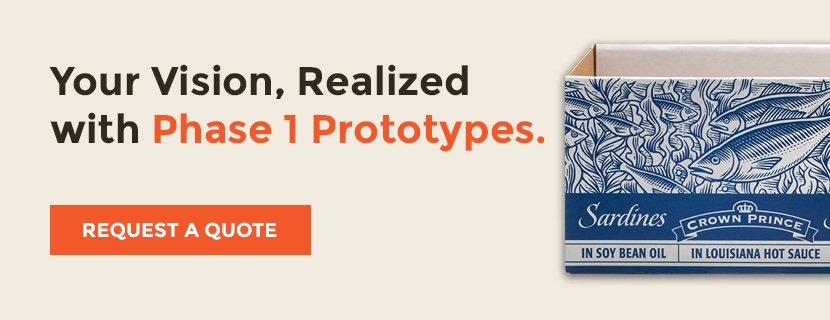
Redesigning your packaging can add a significant boost to your sales and your brand’s reputation. It can also help you to reduce your costs. Creating an efficient package redesign process and updating your packaging to make it more cost-effective can provide many benefits to both your company and your customers.
An important part of any packaging redesign is the partners you work with. If you’re looking for a reliable packaging prototyping and mock-up company that can provide custom solutions and fast-turnaround, look no further than Phase 1 Prototypes. We can get you your products in as little as three days and have no minimum order requirements. We also offer a range of packaging types and print specifications.
If you want to learn more about how we can help you efficiently redesign your packaging, request a quote today. We’ll be in touch within a matter of hours on business days and prepare your quote in 24 hours or less.

Leave a Reply